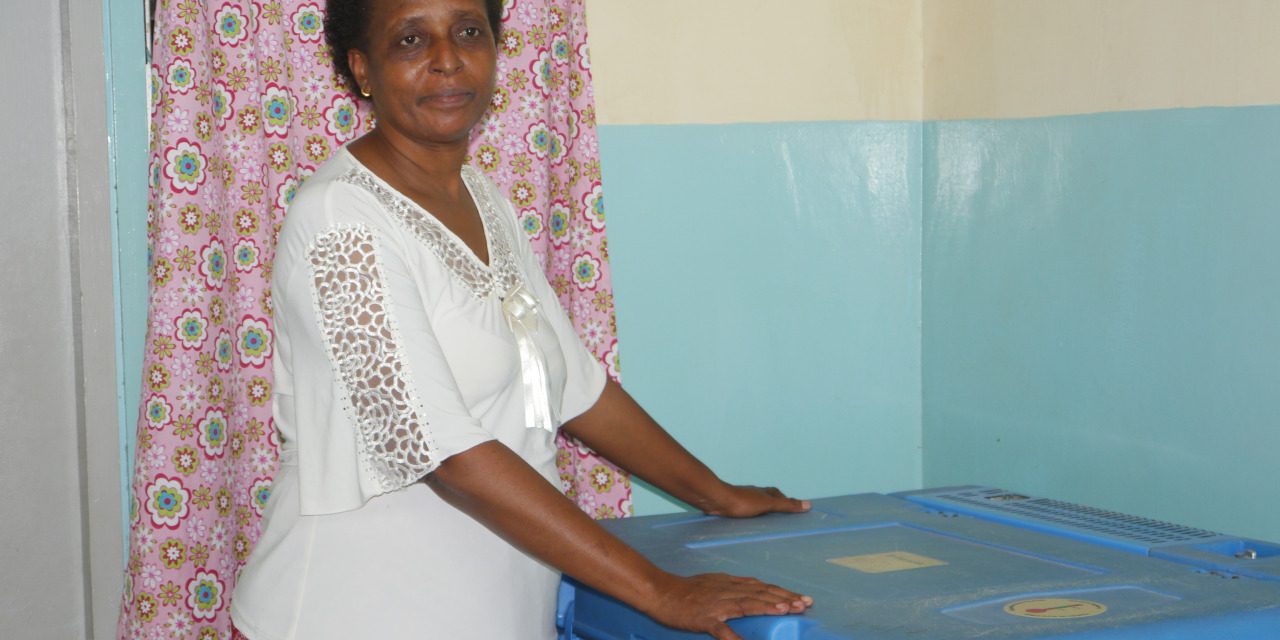![]()
I am in charge of nursing services in 33 rural health facilities in Kilifi sub-county. I ensure that the facilities do not run out of supplies and that services are delivered as they are supposed to.
About 82% of our population are fully immunised, something we are proud of. We are however concerned about those children that slip through the system. There are several reasons why this happens in our setting.
Our biggest challenge is that we work in a population with huge challenges. This county is one of the poorest in Kenya, with low literacy and high fertility rates. Contraception coverage among women who need it is 40%. We have a really big gap as far as family planning needs are concerned.
In this rural area, it is not uncommon to find a pregnant women in her 20’s who already has 2 children under 5 years of age. She may be too stretched to take those who need vaccinations to the health facility as often as is required. Some of these women may also not understand why a healthy child needs to get an injection. If we can convince these women that taking these well children for vaccinations will reduce their future hospital visits by a large fraction, they may push themselves to fully immunise their babies.
However, some mothers live as far as 20km from health facilities and distance is a real hindrance. Bear in mind that this woman will have small children that will not be able to walk the distance to the facility and she may not have someone to leave these children with if she takes one for immunization. She may also need to work to feed her children and a visit to the health facility means a full day of work lost.
Although we have outreach programs to reach those from far off places, we are not well resourced and therefore these services are not regular. If our outreaches remain uncertain, then women loss confidence in us and do not bother to show up.
Through government and other funding, there are about 15 health facilities that have been built within the area I am in charge of. But these are just structures, buildings with nothing and no one in them. If these structures were operational, it would greatly reduce our burden of unvaccinated children.
Despite our challenges, I am very pleased that these days we hardly see any cases of many vaccine preventable diseases. For example, the last time I saw a case of measles was 2008, that is 7 years ago.
It gives me great satisfaction to vaccinate a child after delivery and then see that child graduate past 5 years of age without ever experiencing these vaccine preventable diseases. What more would I want?
Photo: Tabitha Mwangi.






